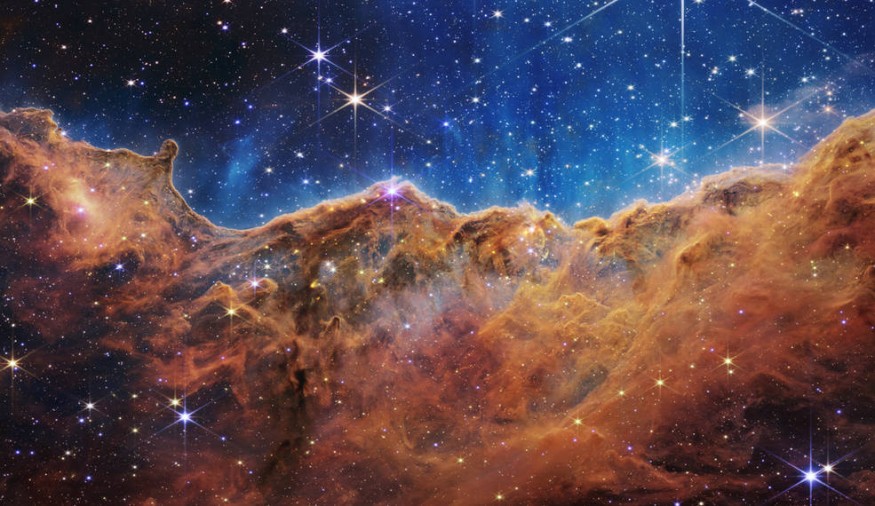Etienne Klein, a French scientist, apologizes after a "James Webb Telescope" picture turned out to be a piece of chorizo. A senior French scientist who tweeted an image he claimed was from the James Webb Space Telescope but was not quite what it looked has apologized.
Photo de Proxima du Centaure, l’étoile la plus proche du Soleil, située à 4,2 année-lumière de nous.
— Etienne KLEIN (@EtienneKlein) July 31, 2022
Elle a été prise par le JWST.
Ce niveau de détails… Un nouveau monde se dévoile jour après jour. pic.twitter.com/88UBbHDQ7Z
Scientific "Blunder"

Director at France's Atomic Energy Commission, Etienne Klein, allegedly uploaded a photo of Proxima Centauri, the nearest star to the sun.
In a Monday tweet to his more than 90,000 followers, he wrote, "This degree of detail... a new universe is unveiled every day."
Professor Klein acknowledged that the light object depicted was only a piece of Spanish chorizo sausage.
He apologized for what he called "a scientist's joke" and stated that he intended to caution people against listening to arguments from those in positions of authority.
Sincere Apology
I'd want to apologize to anyone offended by my prank, which wasn't creative, he tweeted.
When scientists frequently have to defend themselves against bogus visuals in the press, the prank prompted condemnation from several Twitter users.
Twitter user @alexis200m said, "Coming from a scientific research director, it's pretty wrong to disseminate this material."
Mr. Etienne later tweeted a picture of the well-known Cartwheel Galaxy, telling followers that this time the picture was genuine to retake the scientific upper hand.
James Webb Space Telescope

The James Webb Space Telescope (JWST) is an observatory built primarily for infrared astronomy. Its enormously enhanced infrared resolution and sensitivity enable it to observe objects that are too early, far away, or dim for the Hubble Orbit Telescope since it is the greatest optical telescope in space. This is anticipated to open up a wide variety of astronomical and cosmological inquiries, including the observation of the earliest stars and the development of the first galaxies, as well as the comprehensive atmospheric characterization of exoplanets that may harbor life.
Looking Far Beyond
JWST was developed under the direction of the U.S. National Aeronautics and Space Administration (NASA) in cooperation with the European Space Agency (ESA) and the Canadian Space Agency (CSA). The JWST was developed by the NASA Goddard Space Flight Center (GSFC) in Maryland and is run by the Space Telescope Science Institute in Baltimore on the Homewood Campus of Johns Hopkins University, and Northrop Grumman was the primary contractor. The telescope bears the name of James E. Webb, who oversaw NASA's Mercury, Gemini, and Apollo missions from 1961 to 1968.
From Kourou, French Guiana, the James Webb Space Telescope was launched on an Ariane 5 rocket on December 25, 2021. It reached the Sun-Earth L2 Lagrange point in January 2022. On July 11, 2022, the public saw the first image from JWST during a press conference. The telescope is NASA's premier astrophysics mission, taking over from the Hubble.
Related Article : Remnants of a Comet that Exploded in 2007 Will Reach the Earth
For more Space news, don't forget to follow Nature World News!
© 2026 NatureWorldNews.com All rights reserved. Do not reproduce without permission.





